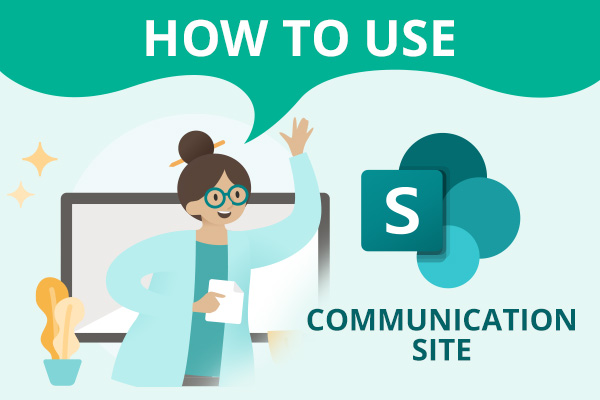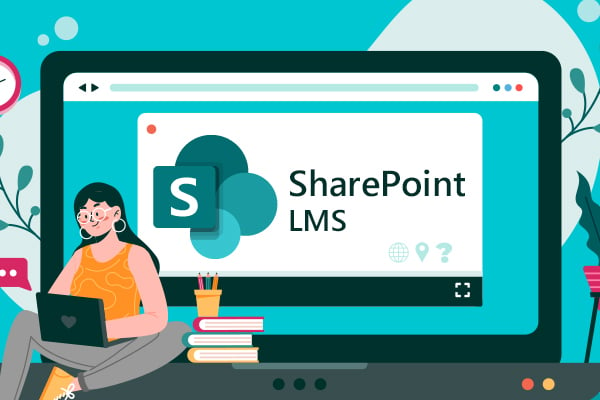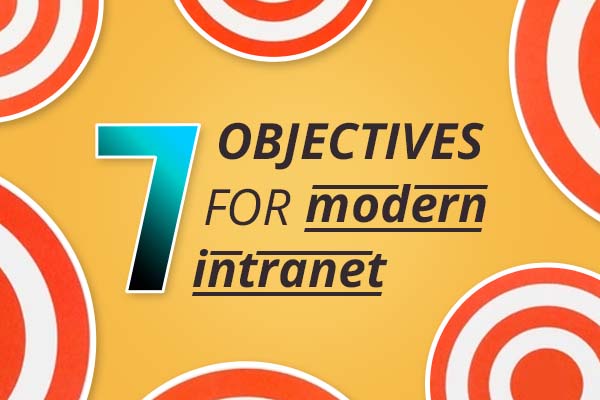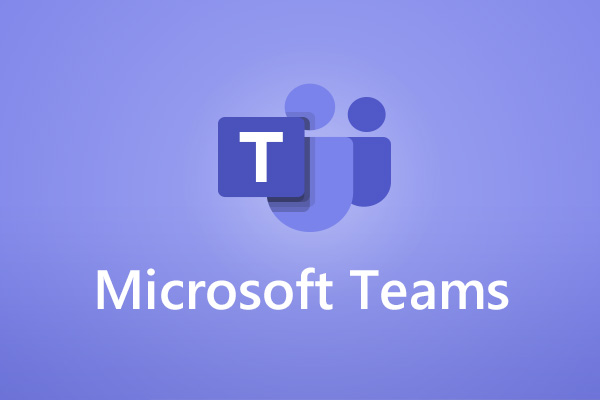
How to use SharePoint communication sites
In this post, we’re going to explore SharePoint communication sites in more detail, along with their key features, the benefits you can generate from using them and more.

In this post, we’re going to explore SharePoint communication sites in more detail, along with their key features, the benefits you can generate from using them and more.

If you have Microsoft 365 or SharePoint intranet, then a SharePoint LMS is absolutely the way to go for your learning platform. And here is why.

In this article, were going to define what the company intranet is and explore the essential features that should be part of your modern intranet.

If your organisation is using Microsoft 365 or SharePoint on-premises, then it makes sense to leverage the power of SharePoint to help better manage your policy documents.

The age of the “everything intranet” is finally here If you asked your employees what their perfect intranet would be like, what would they say?

Modern intranets have an important role to play in 2022, driving strategic value for your organisation and assisting employees in their day-to-day work.

Is building an intranet on Microsoft Teams a good idea? And what are your options?

Boosting findability and productivity with advanced Lightspeed365 features.

Discover key trends like AI’s influence on knowledge management, Microsoft’s Copilot integration, and the development of ‘everywhere intranets’. Uncover insights into the evolving Metaverse and why governance is more crucial than ever.

Employee onboarding is a key process in employee experience, and can make a tangible contribution to talent retention. SharePoint is a strong foundational technology to design onboarding experiences and deliver related content and features.
Book in a live demo with us to discuss your project and find out more about our services, solutions and how we can add value to your digital workplace. Simply fill out the form and pick a time and date in our calendar.
Alternatively, if you have a question and would like more information about Content Formula, please visit our contact us page.
We look forward to meeting you.
We use cookies to give you the best experience on our site. By continuing to use our website, you are agreeing to our use of cookies. To find more about the cookies, please see our cookie notice.
You can also read our privacy policy.